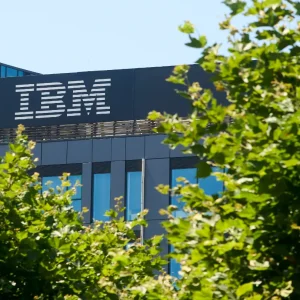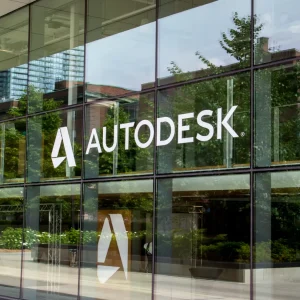
Updated June 24, 2020: HPE has confirmed to Computer Business Review that its VCM GUI 4.85 release in July will support the move away from Adobe Flash. The implementation is based on HTML4/HTML5. Customers will need to upgrade to 4.85 firmware to be managed by VCM GUI by Dec 2020.
Adobe Flash, a once-ubiquitous software platform widely used to support desktop applications, animations and more, will reach its end of life (EOL) on December 31 — a shift that looks set to catch some businesses unawares.
Adobe says it will proactively block Flash-based content from running in Adobe Flash Player at the end of this year: a bullish move to force users away from the software as it hit its EOL, which was first announced three years ago.
Companies are not always so forceful in strong-arming users away from EOL software, plenty of which continues to run – often with specialist support and customised patches – on mission-critical systems around the world, but given its security flaws, Adobe appears keen to wipe out its use completely.
Adobe Flash End of Life: HPE c-Class BladeSystems Users Await News that They Won’t Conk Out at Midnight
“Open standards such as HTML5, WebGL, and WebAssembly have continually matured over the years and serve as viable alternatives for Flash content. Also, the major browser vendors are integrating these open standards into their browsers and deprecating most other plug-ins (like Adobe Flash Player),” Adobe warns in a recently updated support page for Flash users.
There is no shortage of potentially unexpected websites and hardware management systems that may be affected by the looming deprecation of Adobe Flash however, senior IT figures are beginning to worry.
HPE Virtual Connect for its c-Class BladeSystem still requires Adobe Flash Player before a user can log in, for example. (This lets users centrally manage network connections and workloads for HP BladeSystem server blades).
As one worried user put it on a HPE customer support board: “Is there a schedule for when a new version will be released that does not depend on Flash? At midnight on 31 December… all major web-browsers will cease to load the flash plugin. The ability to manage the device will cease suddenly.”
HPE’s late April response: “As of now there is no schedule for when a new version will be released that does not depend on Flash.”
(Computer Business Review has followed up with HPE, which is midway through a major annual event, but is yet to receive a response).
Other IT administrators warn that HPE is not alone: Hitachi Vantara also uses Adobe Flash as an “important middleware” to enable Storage Navigator functions on core storage products. The company says it will offer support for Adobe AIR (a cross-platform runtime system as a replacement, and is encouraging customers to transition to Adobe AIR as soon as possible.
In August, meanwhile, Google Chrome will remove the wild card support on whitelisting sites for the flash plug-in, forcing administrators to change requires that administrators to audit their Flash usage and “explicitly add urls that they want to automatically enable Flash Player support for.”
Others will pull the plug completely for support on December 31.
“By announcing our business decision in 2017, with three years’ advance notice, we believed that would allow sufficient time for developers, designers, businesses, and other parties to migrate existing Flash content as needed to new, open standards,” Adobe says. As HPE’s example emphasises, issues may yet pop up in some unexpected corners. Businesses would be wise to consider a swift audit to ensure they are not going to be caught napping, even if that may be simply an educational site that suddenly stops working.
See also: Apple Confirms its Big RISC Move: A Much-Hyped Pivot to Its Own Silicon






